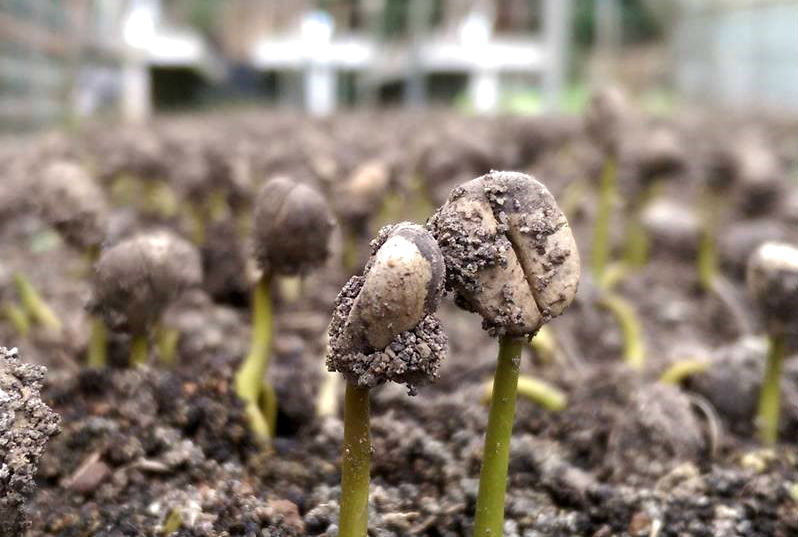Nicaragua Finca Selva Negra SHG EP
Bags 0
Warehouses Oakland
Flavor Profile Orange, lime, plum, milk chocolate
Out of stock
About this coffee
Grower
Eddy and Mausi Küh | La Hammonia | Selva Negra Coffee
Altitude
900 – 1590 meters
Variety
Yellow and Red Catuai, Caturra, Catimor, and Parainema
Soil
Clay minerals
Region
Molino Norte, Matagalpa, Nicaragua
Process
Fully washed, fermented for 12-14 hours and dried in the sun on patios and raised beds
Harvest
October - February
Certification
Conventional
Coffee Background
Like many coffee estates throughout Central America, it should be no surprise that la Selva Negra (black forest) in Nicaragua was first established by German immigrants in the early 1800s. Owners Eddy and Mausi Küh, both descendants of the same German immigrants, have been running La Hammonia estate since 1975. La Hammonia is a 1,500-acre estate with a rich influence of German heritage, including 500 acres of preserved forest (the Black Forest), 300 acres dedicated to cattle ranching and agriculture, and 700 acres for coffee production.
La Hammonia, winner of the SCA sustainability award in 2007 and 2008, uses integration to achieve sustainability. La Hammonia has an eco-lodge and a farm-to-table restaurant that showcases the rich natural beauty and farm production, which includes beef, poultry, vegetables, cheese, and cakes. La Hammonia is also a community with houses, a clinic and a school to support more than 600 people who live and work at the estate year-around.
The estate has its own wet-mill and dry-mill, which allows for all aspects of the post-harvest process to be meticulously handled in one place. Multiple picks are made throughout the harvest to ensure only ripe cherry are processed. The cherry is depulped, fermented for 12 to 14 hours, and washed in canals to separate out less dense beans. The washed coffee is slowly dried on patios and raised beds then stored and later milled and sported again before export.
In addition to the benefits of quality control, the integrated post-harvest process creates an opportunity for an innovative waste management system where everything is recycled. Honey water and animal waste are placed in biodigesters and methane fuel is made for cooking fuel and electricity. Coffee pulp is used for worm composting and returned to the coffee farm as organic fertilizer.




